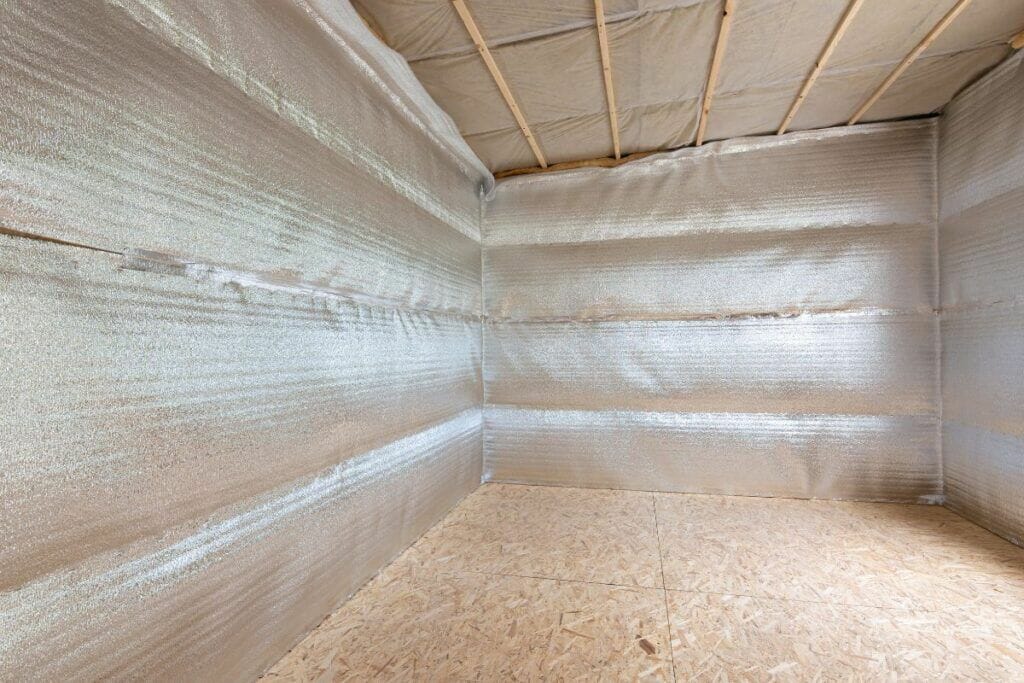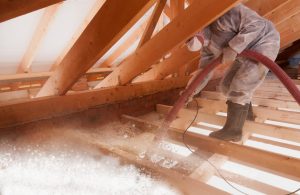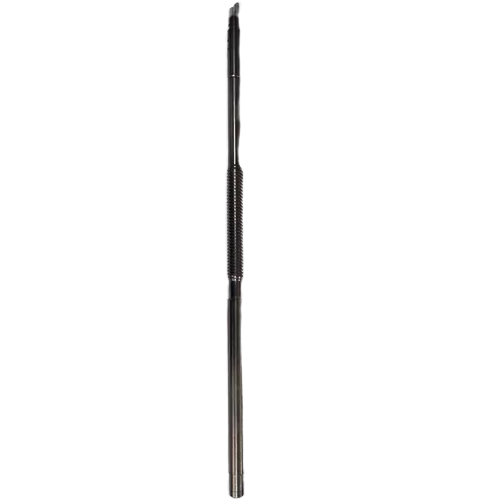
Insulation plays a crucial role in maintaining comfortable indoor temperatures and reducing energy consumption. Choosing the right material for insulation is essential for maximizing energy efficiency and minimizing heat transfer. In this blog post, we will delve into the various materials commonly used for insulation and explore their properties, advantages, and disadvantages. By the end, you will have a comprehensive understanding of which material is best suited for your insulation needs.
- Fiberglass Insulation:
Fiberglass insulation is one of the most widely used materials due to its affordability and versatility. Composed of fine glass fibers, it effectively traps air pockets, reducing heat transfer. Fiberglass insulation is non-combustible, resistant to moisture, and does not promote the growth of mold or mildew. However, it can cause skin irritation during installation and may not be suitable for individuals with respiratory sensitivities. - Cellulose Insulation:
Made from recycled paper products, cellulose insulation is an eco-friendly option gaining popularity. It offers excellent thermal performance and soundproofing capabilities. Cellulose insulation is treated with fire-retardant chemicals, making it resistant to flames. However, it can absorb moisture, potentially leading to mold growth if not properly installed and maintained. - Spray Foam Insulation:
Spray foam insulation provides superior air sealing properties and is ideal for filling gaps and hard-to-reach areas. It expands upon application, creating an airtight barrier that prevents heat loss. Spray foam insulation also enhances structural integrity and acts as a sound barrier. However, it can be expensive and requires professional installation due to its application technique and potential health hazards during installation. - Mineral Wool Insulation:
Mineral wool insulation, commonly known as rock wool or slag wool, is made from natural minerals such as basalt or slag. It offers excellent fire resistance, sound absorption, and thermal insulation properties. Mineral wool insulation is resistant to moisture and does not promote the growth of mold or mildew. However, it can be heavier and more expensive than other insulation materials. - Polyurethane Foam Insulation:
Polyurethane foam insulation, also known as rigid foam, provides exceptional thermal resistance and moisture control. It is highly effective in reducing energy loss and can be used in various applications, including walls, roofs, and foundations. Polyurethane foam insulation is durable, lightweight, and resistant to mold and pests. However, it is more expensive than other insulation materials and may release volatile organic compounds (VOCs) during installation.
Conclusion:
Choosing the best insulation material depends on various factors, including budget, environmental impact, desired thermal performance, and specific application requirements. Fiberglass insulation offers affordability and versatility, while cellulose insulation provides eco-friendliness. Spray foam insulation excels in air sealing, mineral wool insulation offers excellent fire resistance, and polyurethane foam insulation provides superior thermal resistance. Consider consulting with a professional to determine the most suitable material for your insulation needs, ensuring optimal energy efficiency and comfort in your living or working space.


